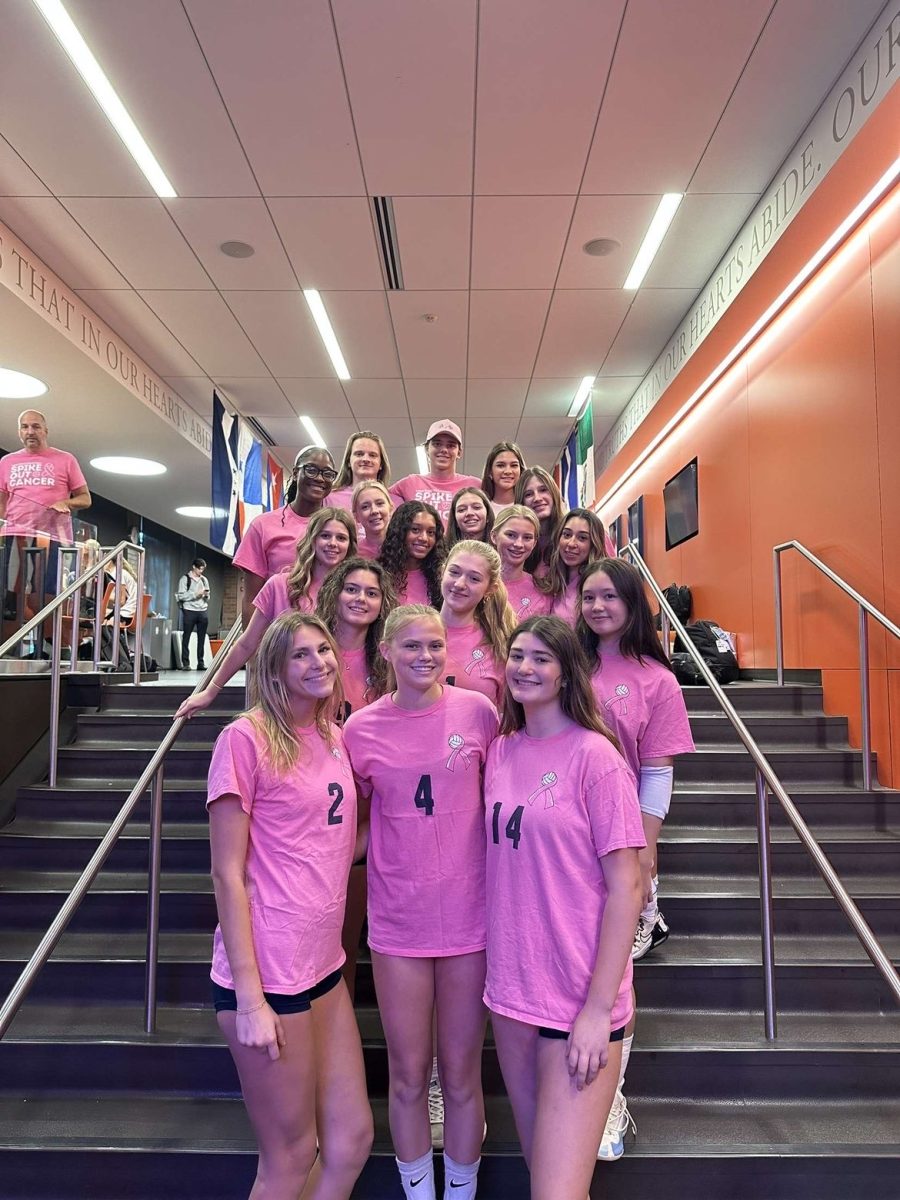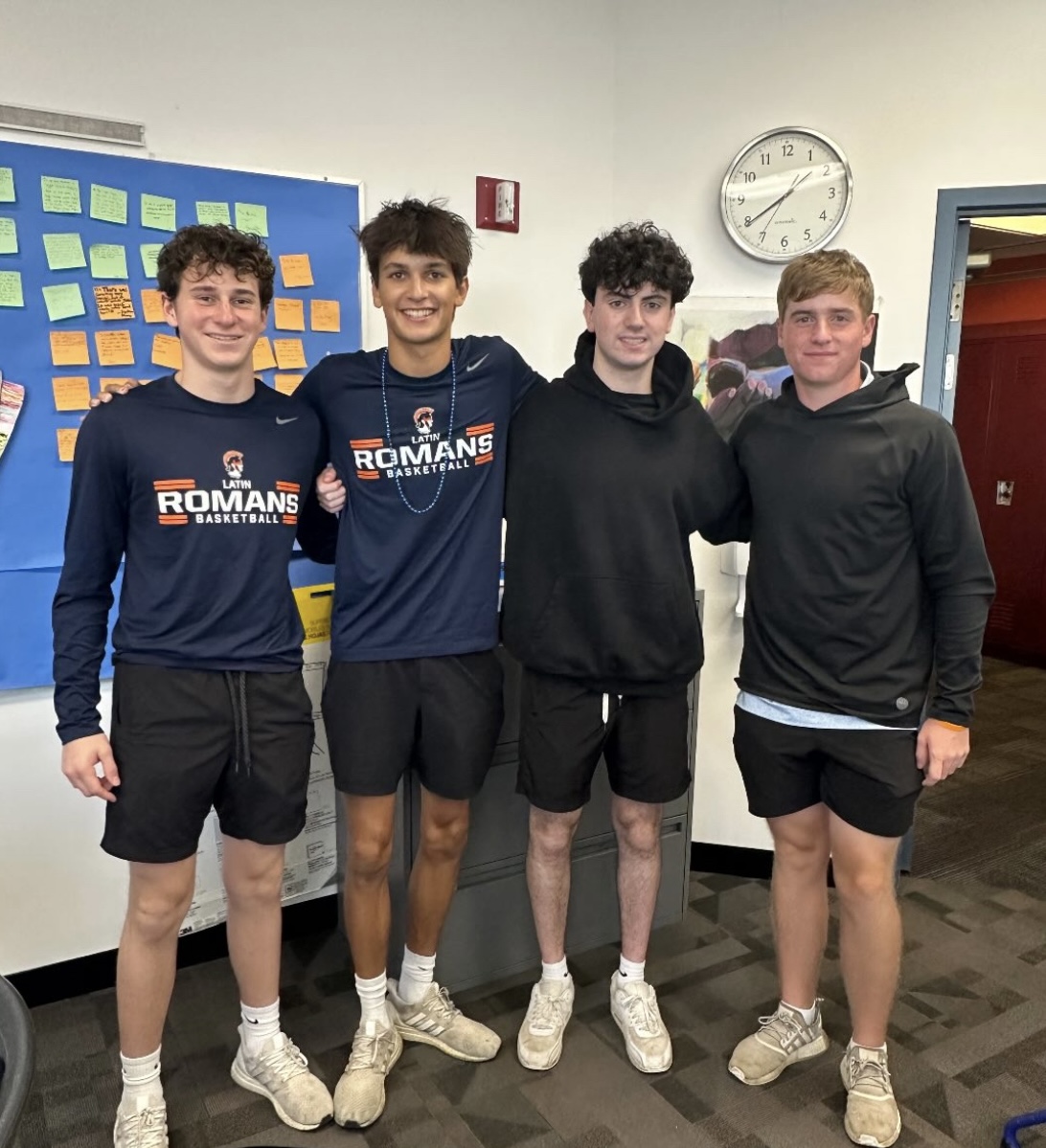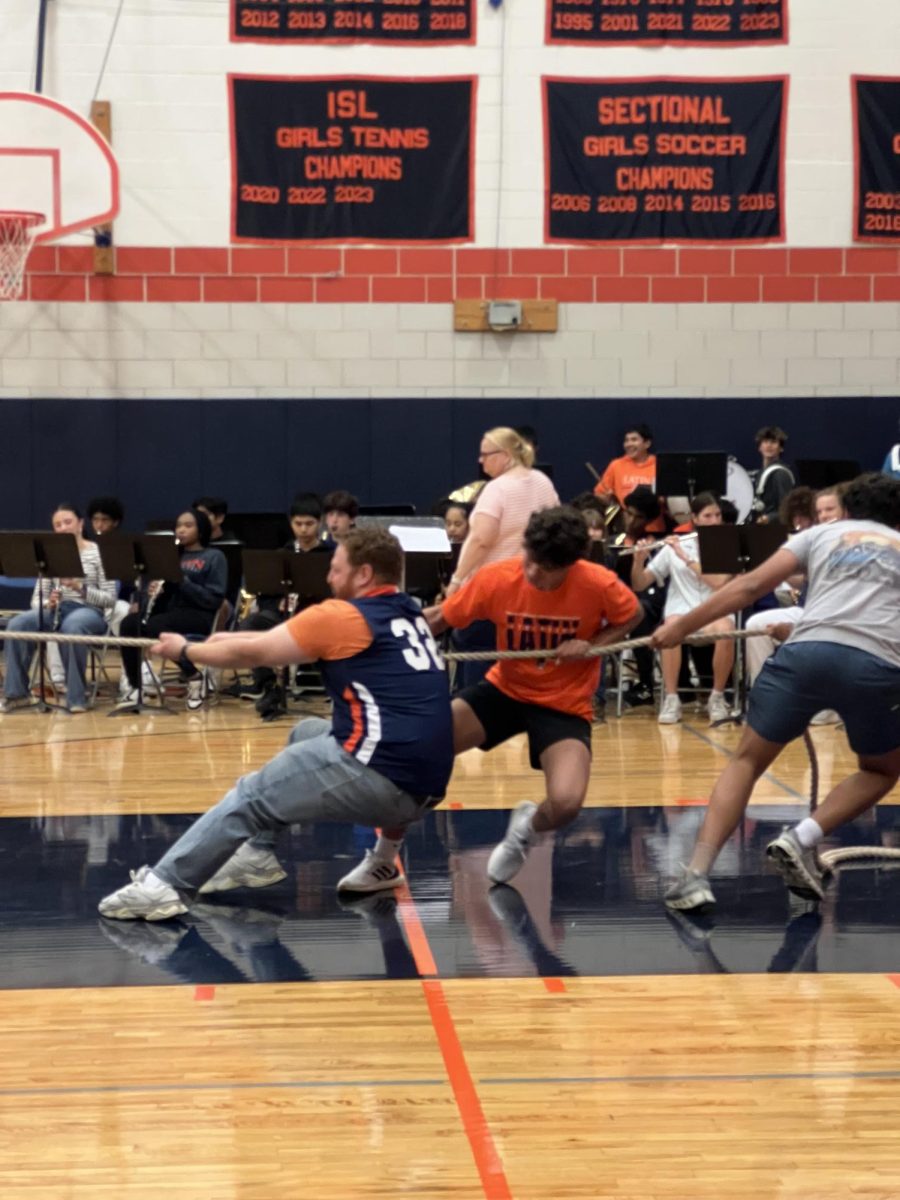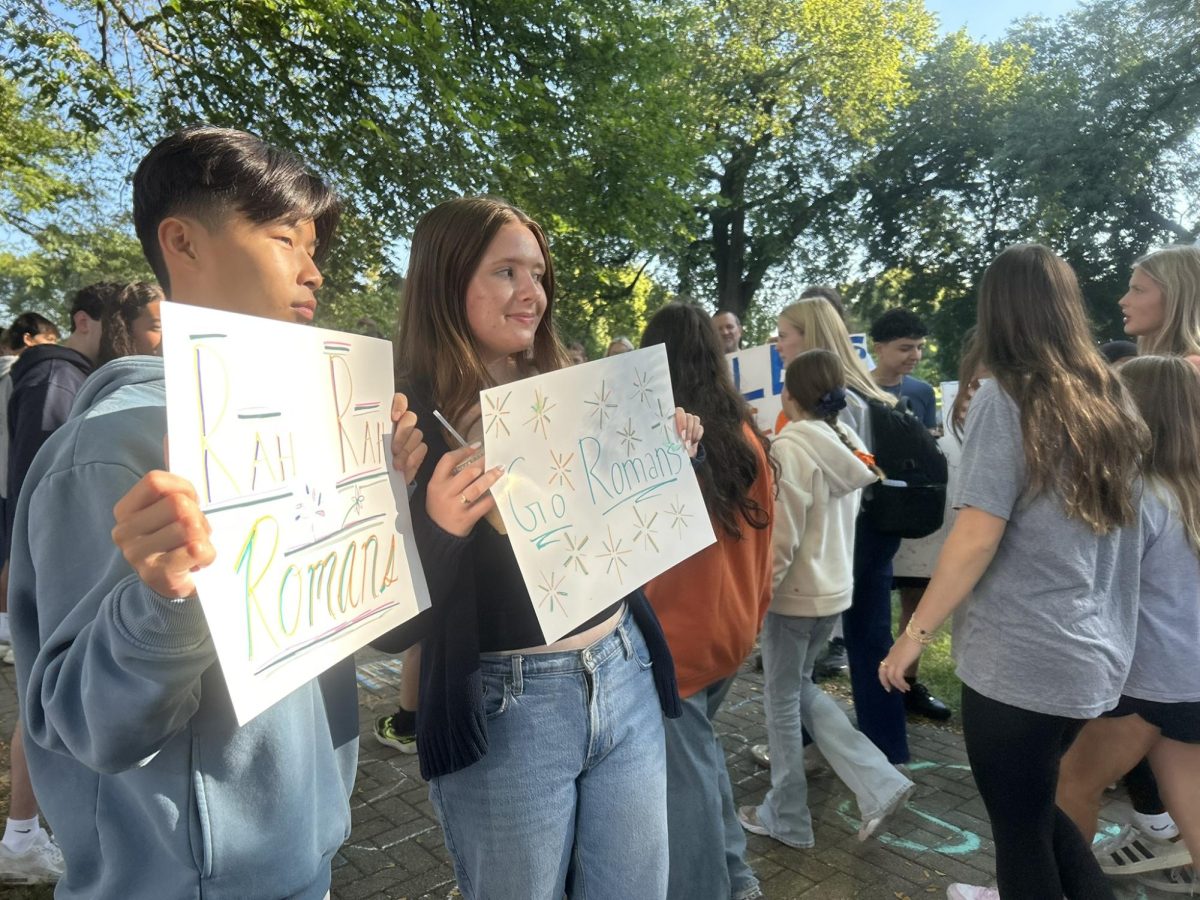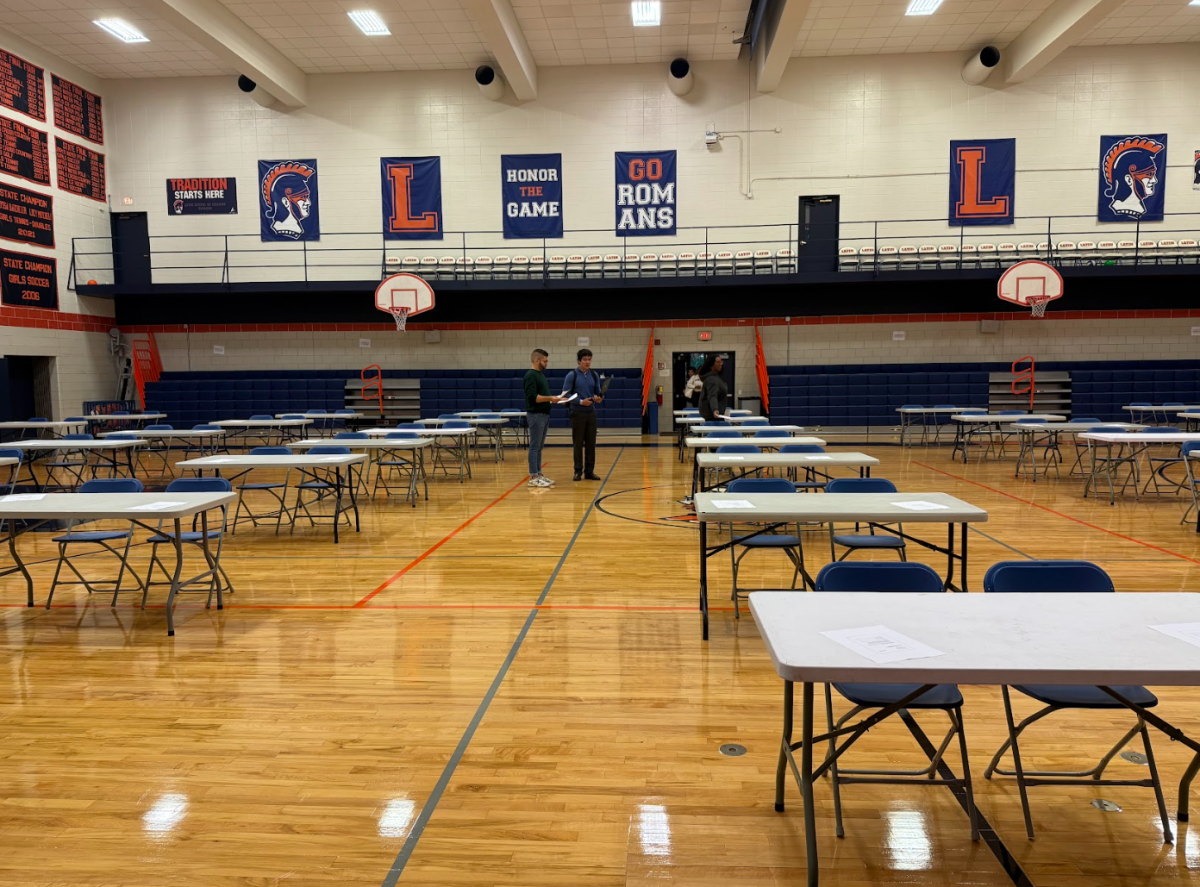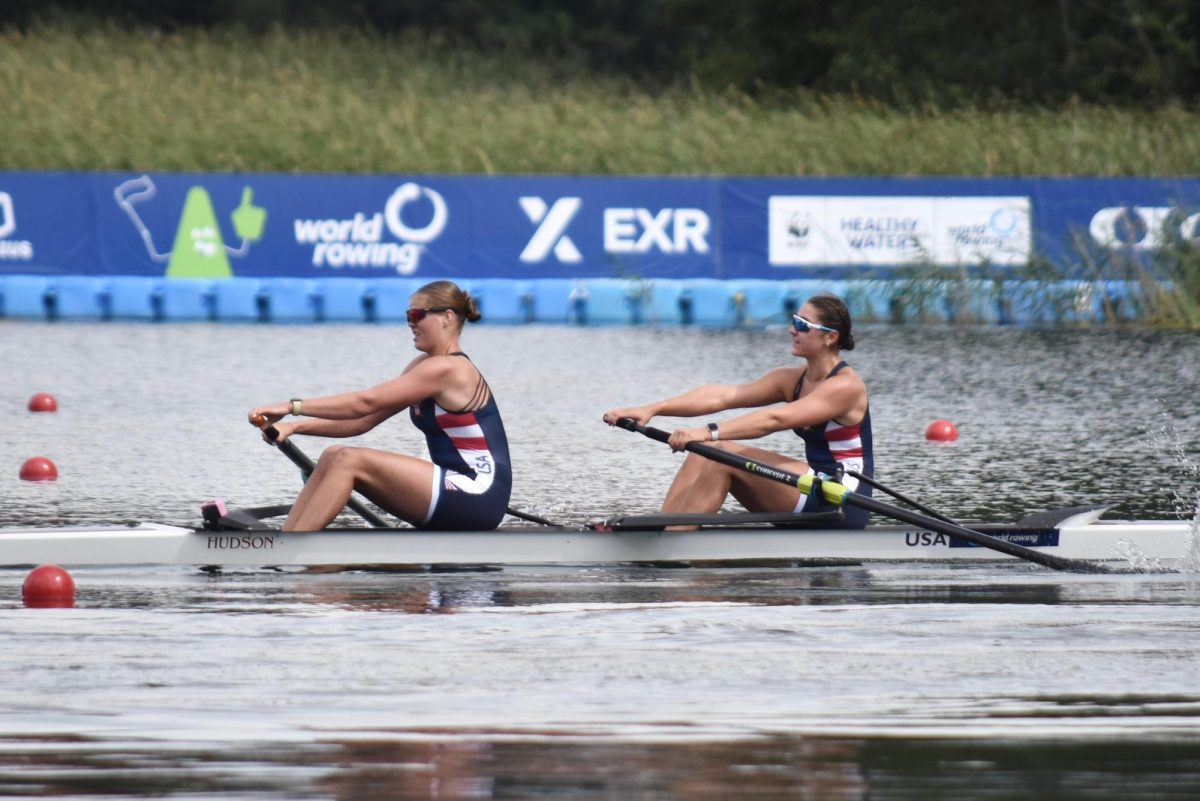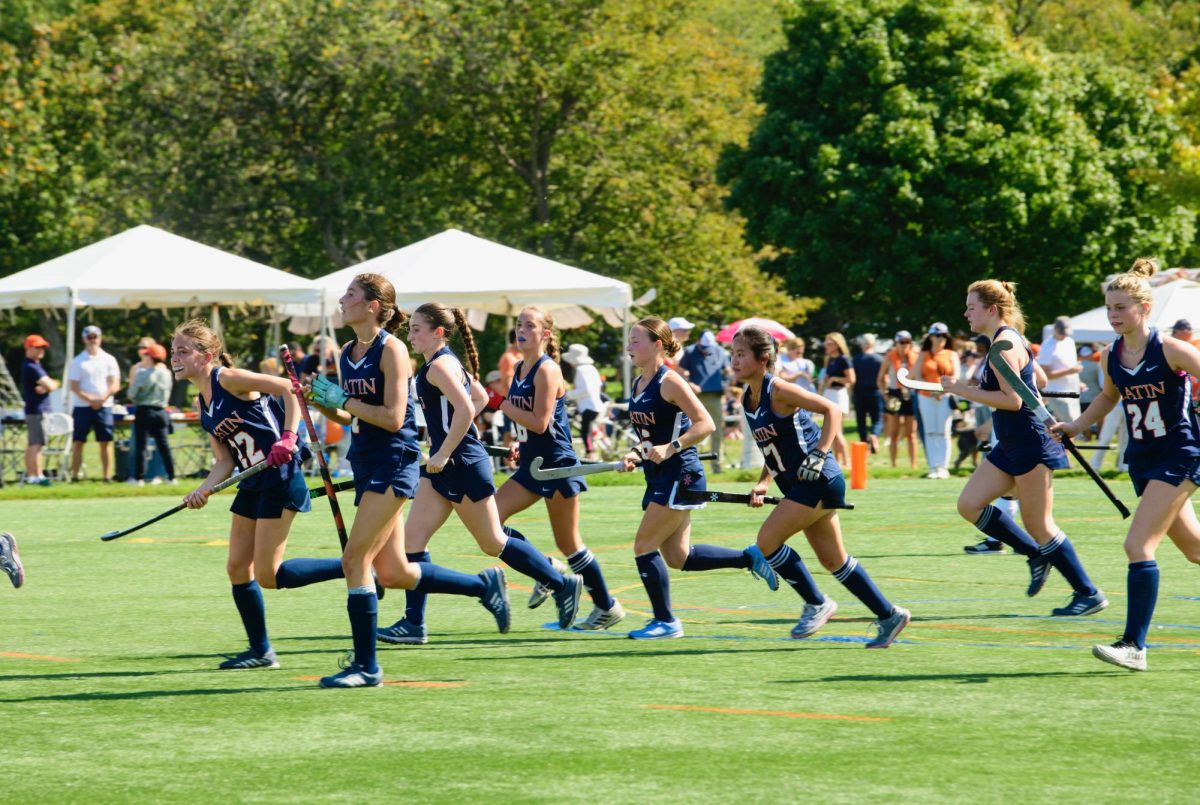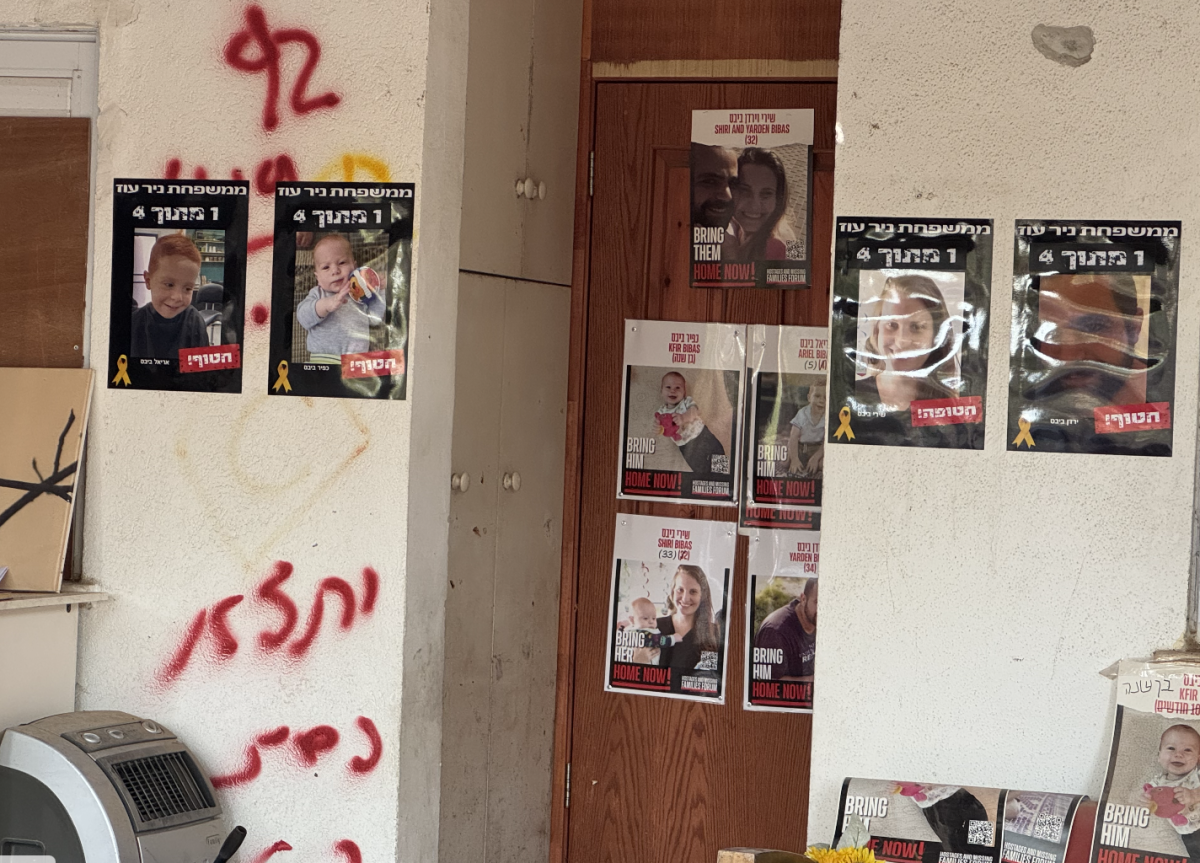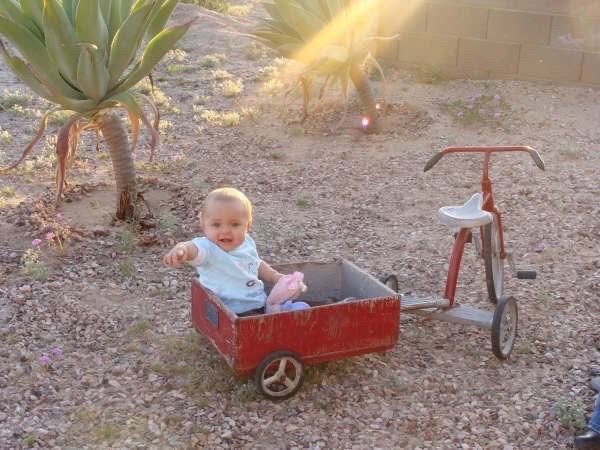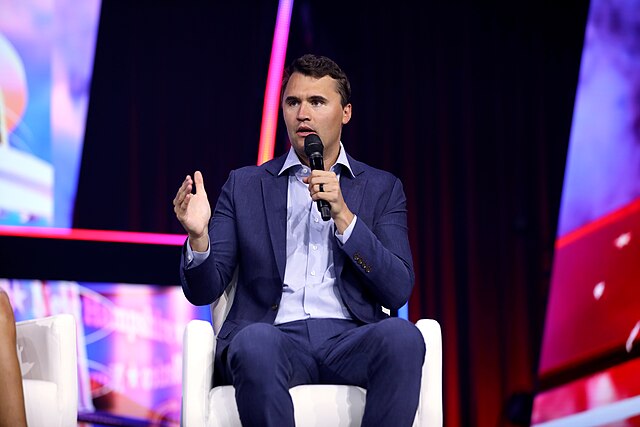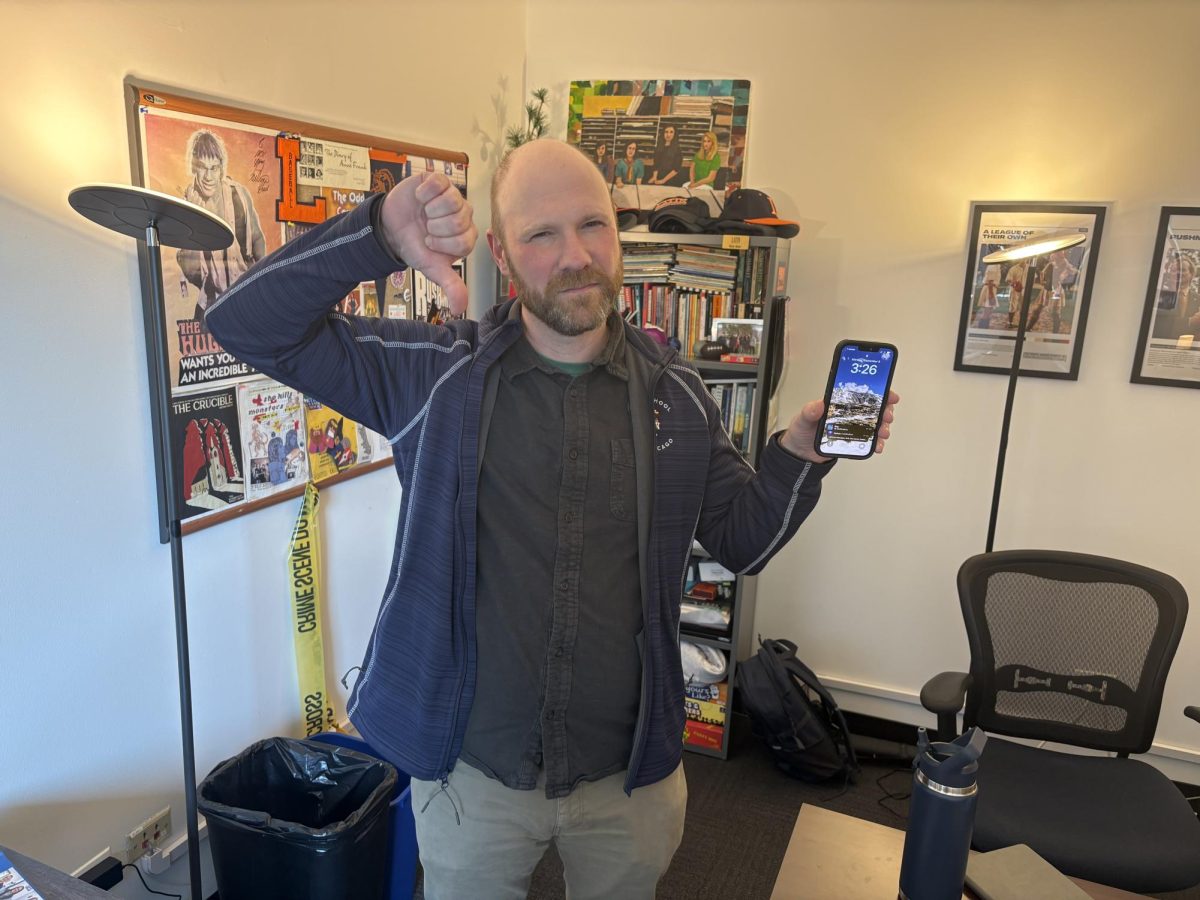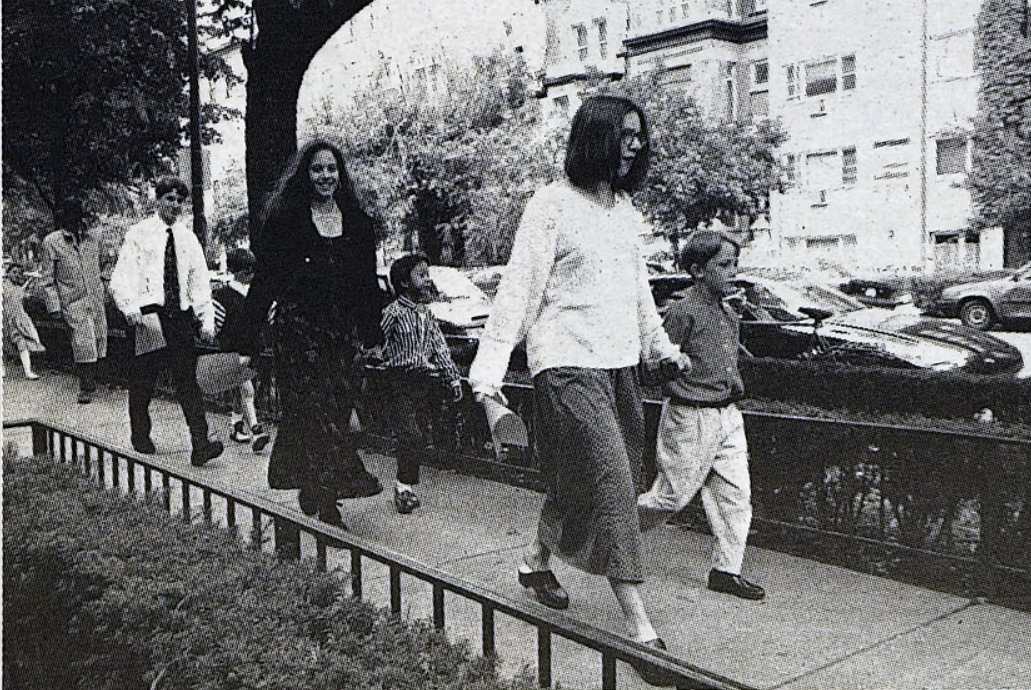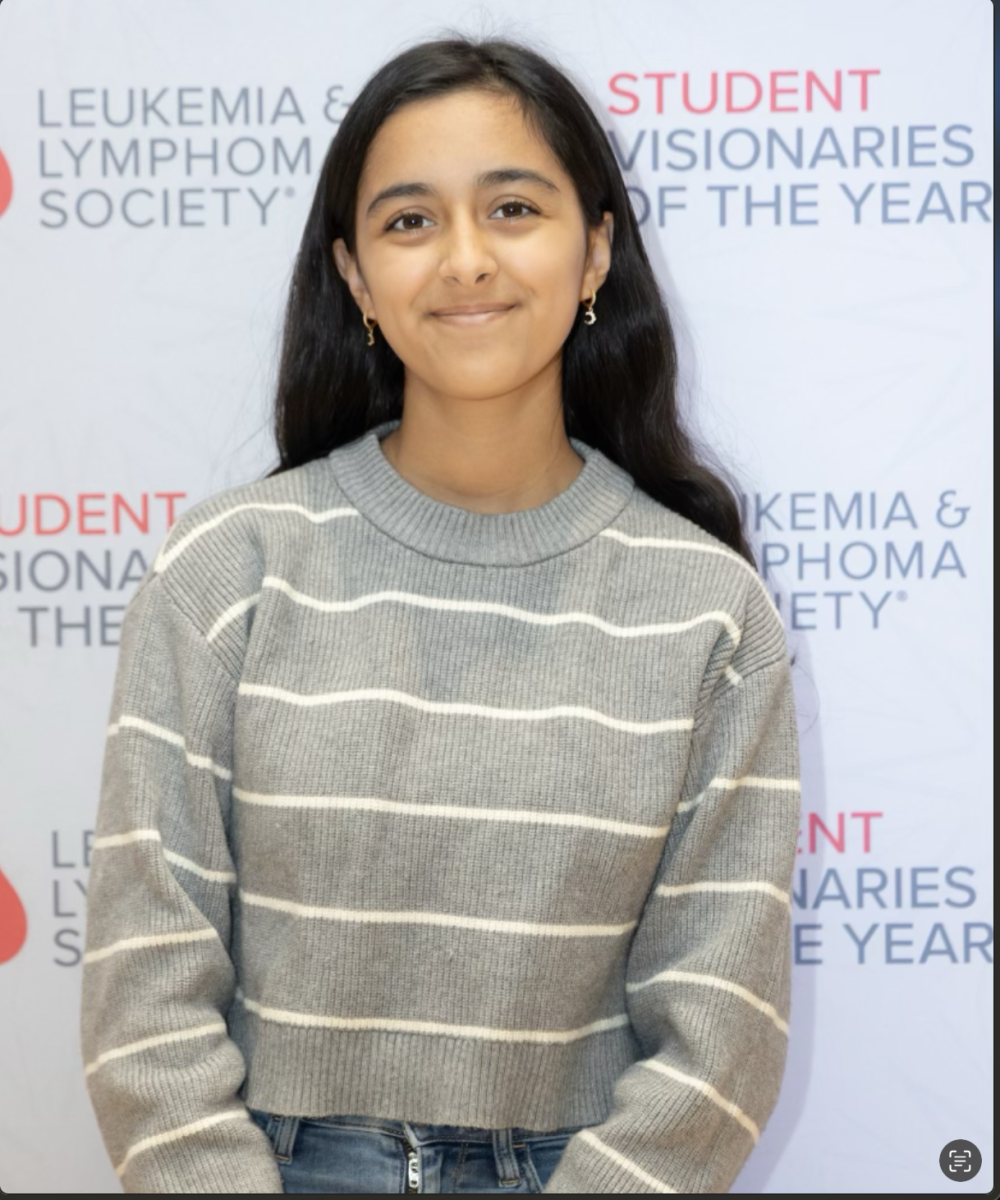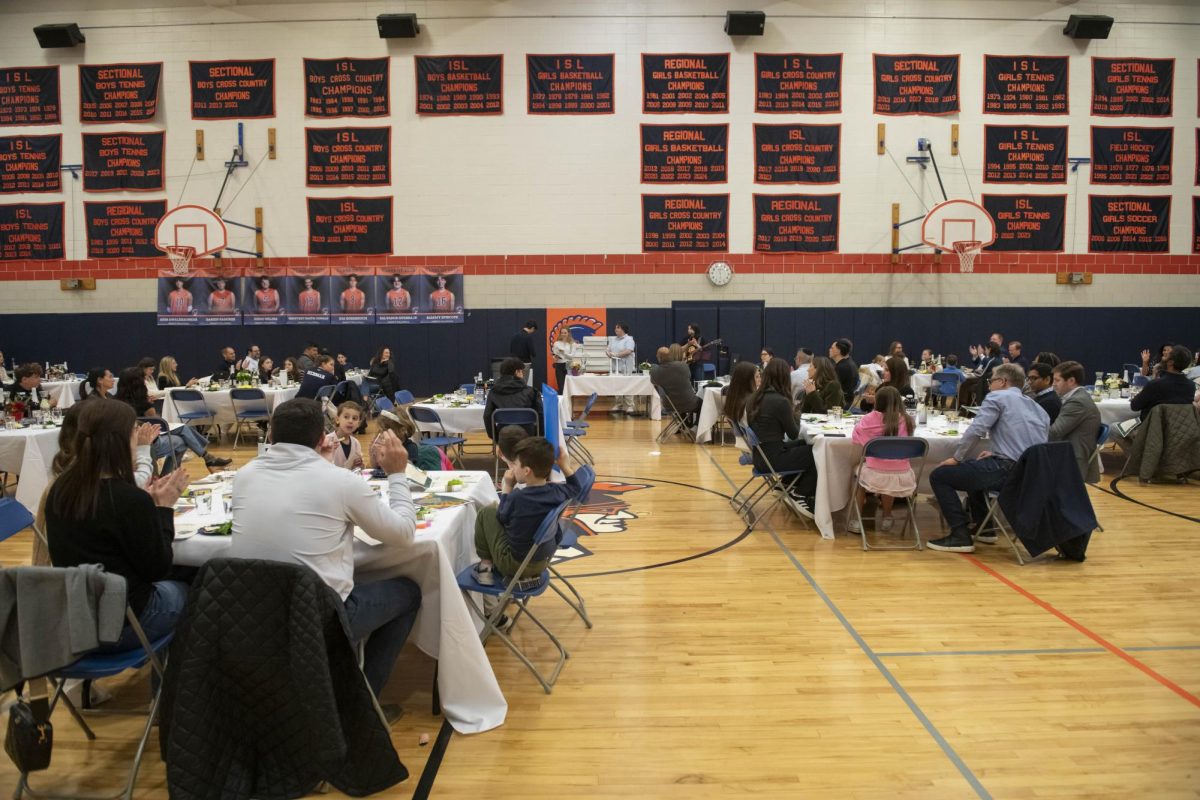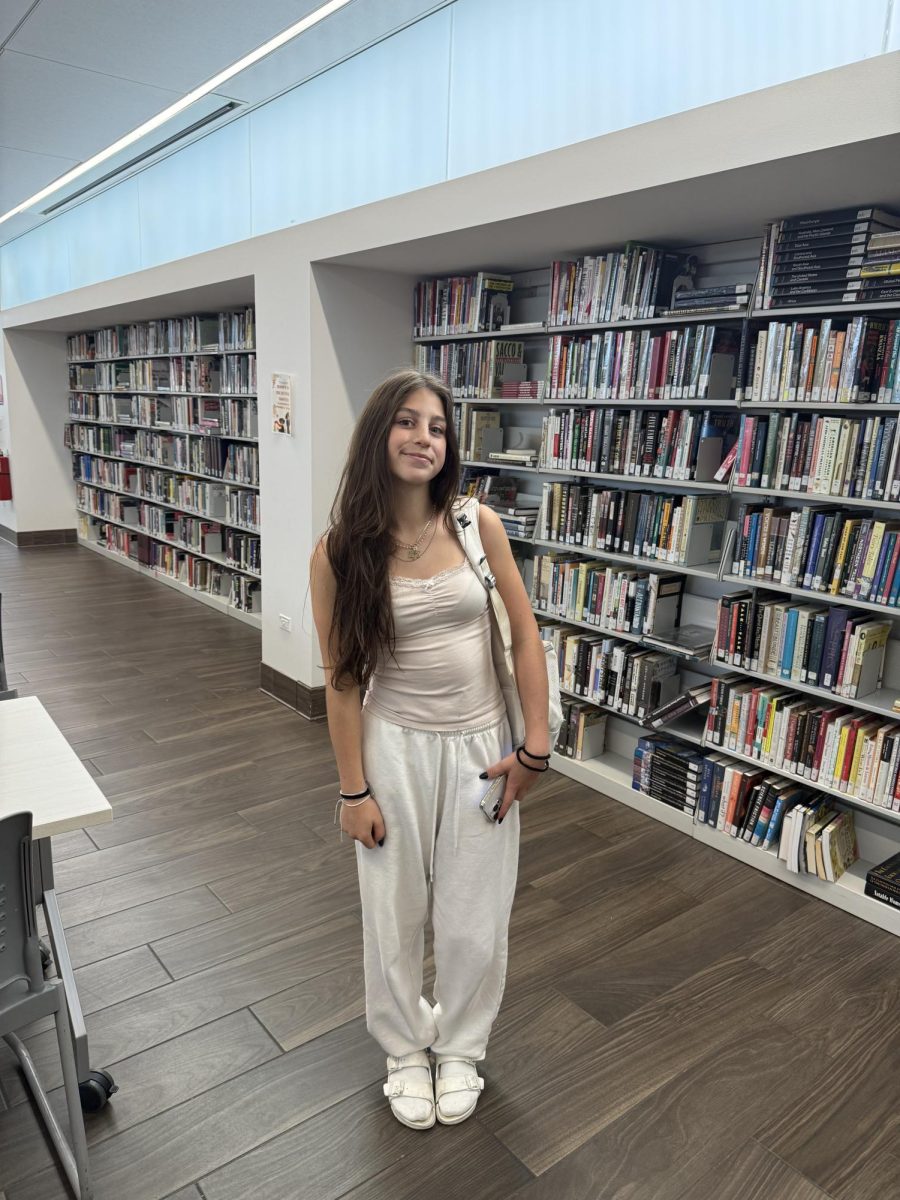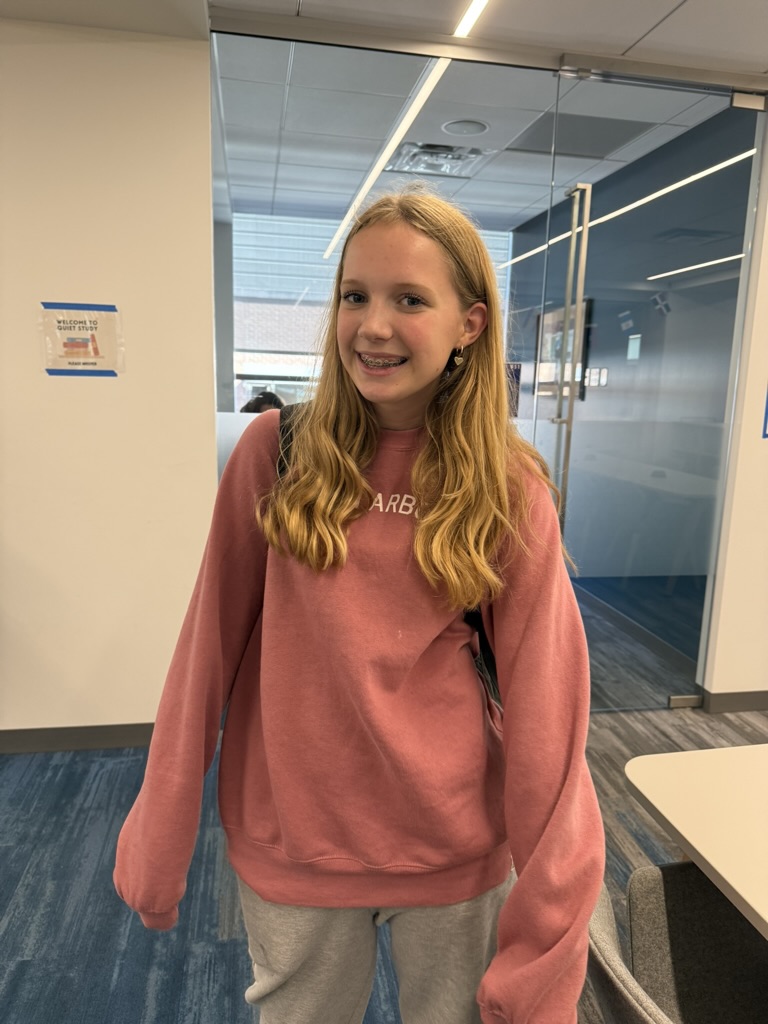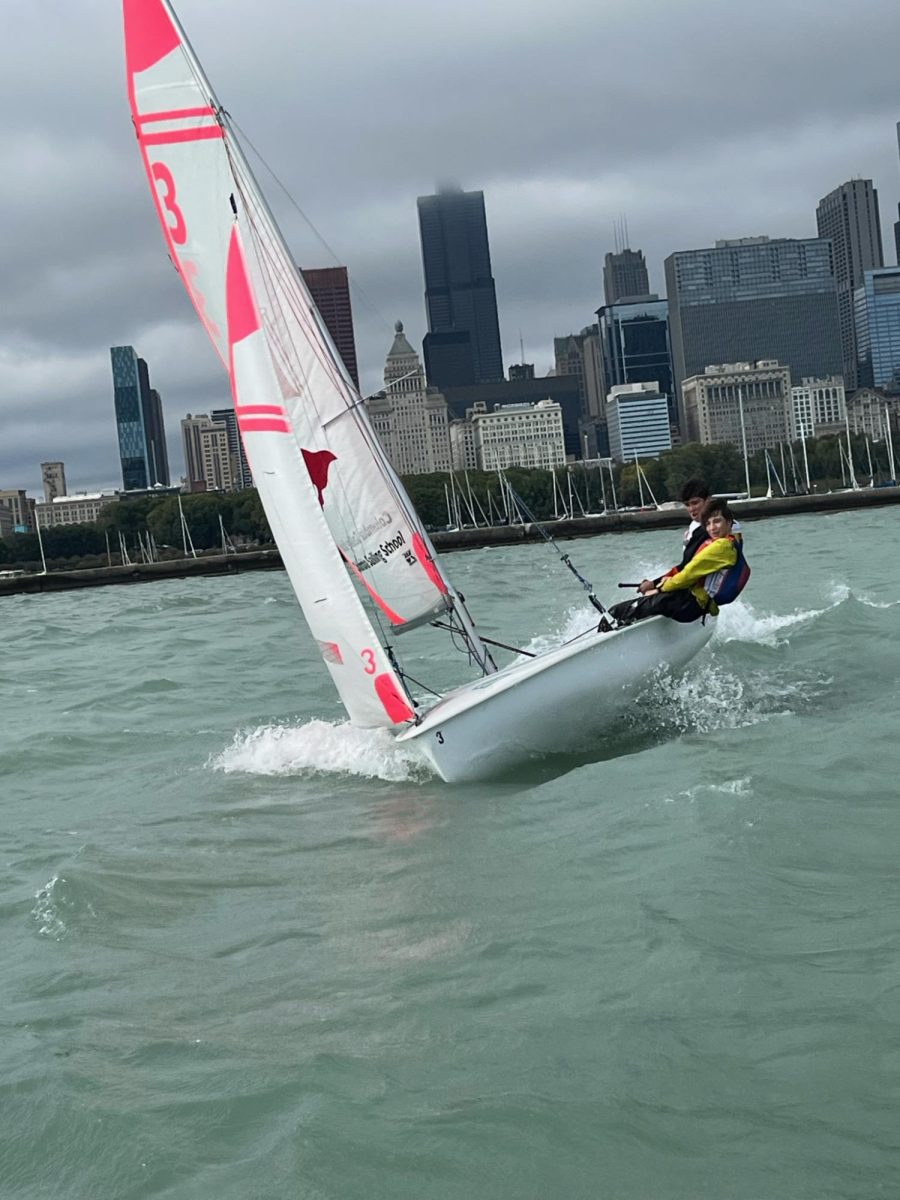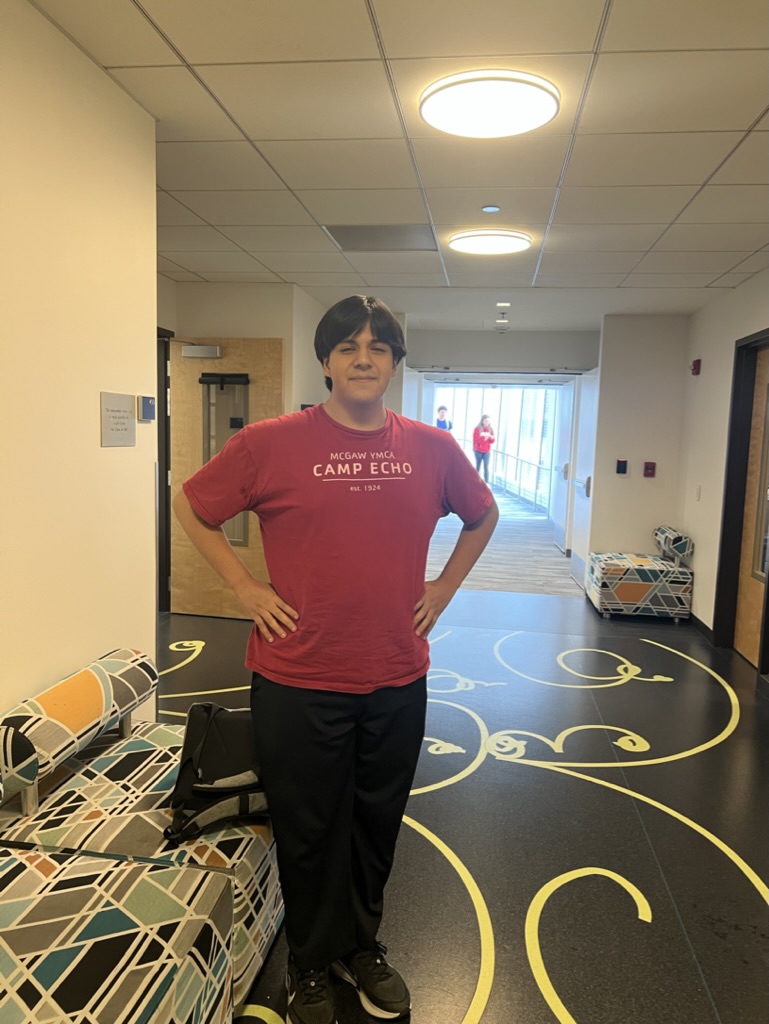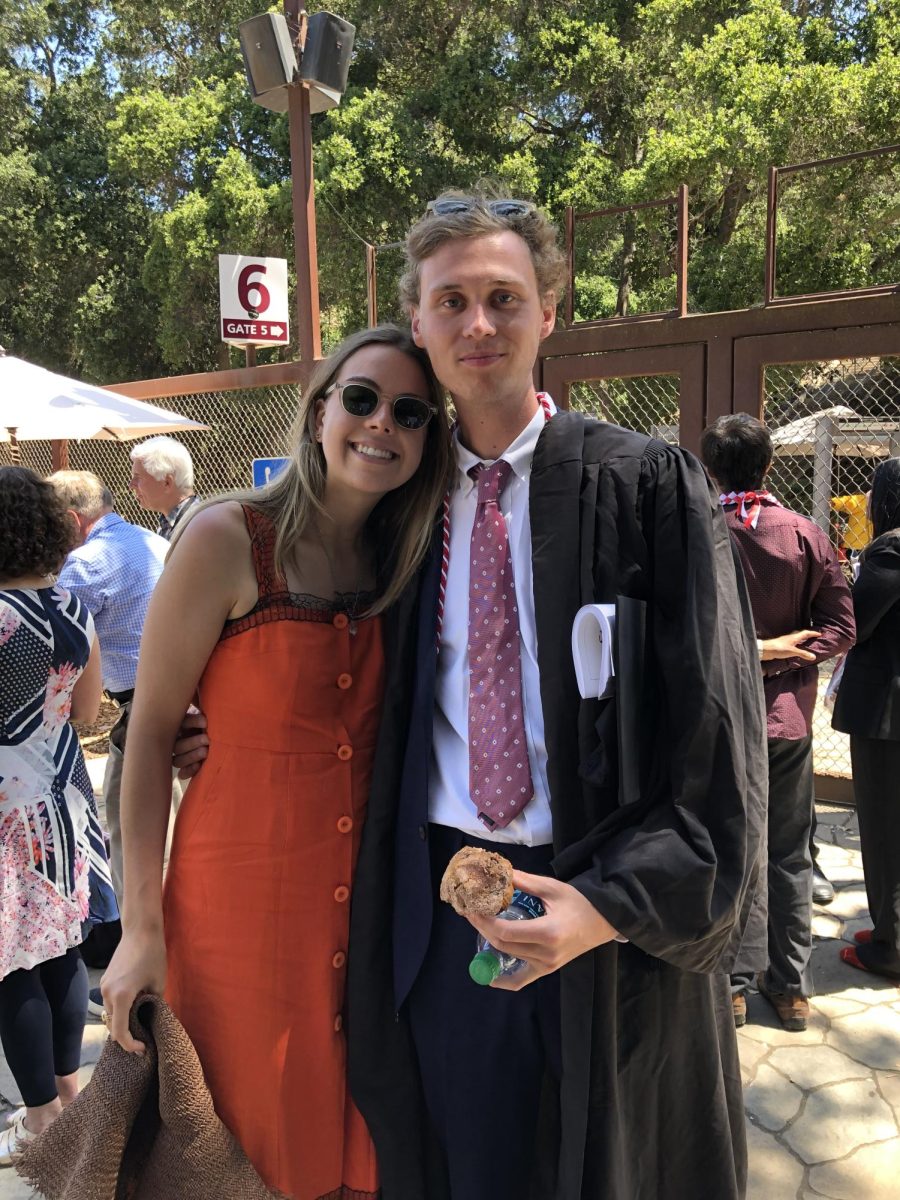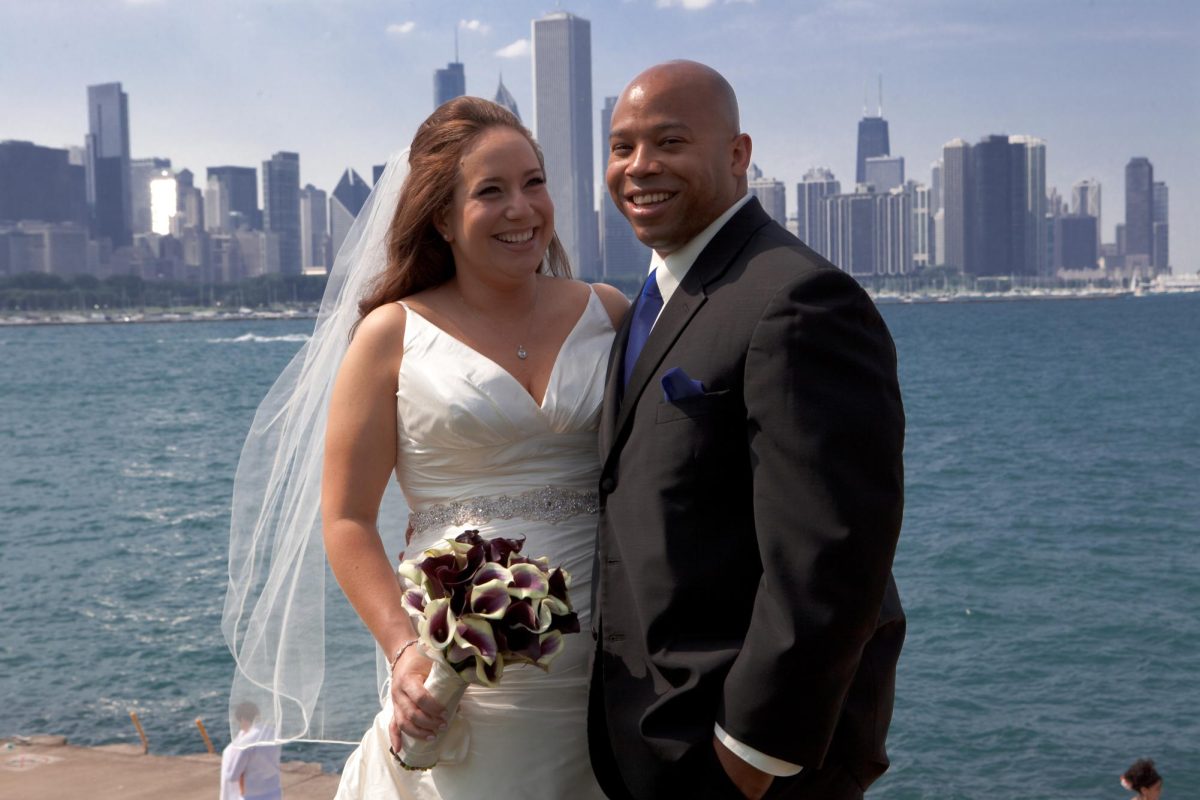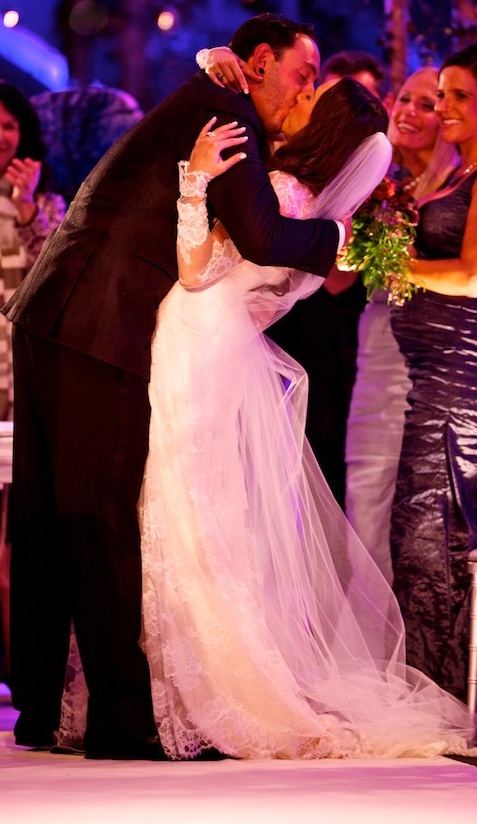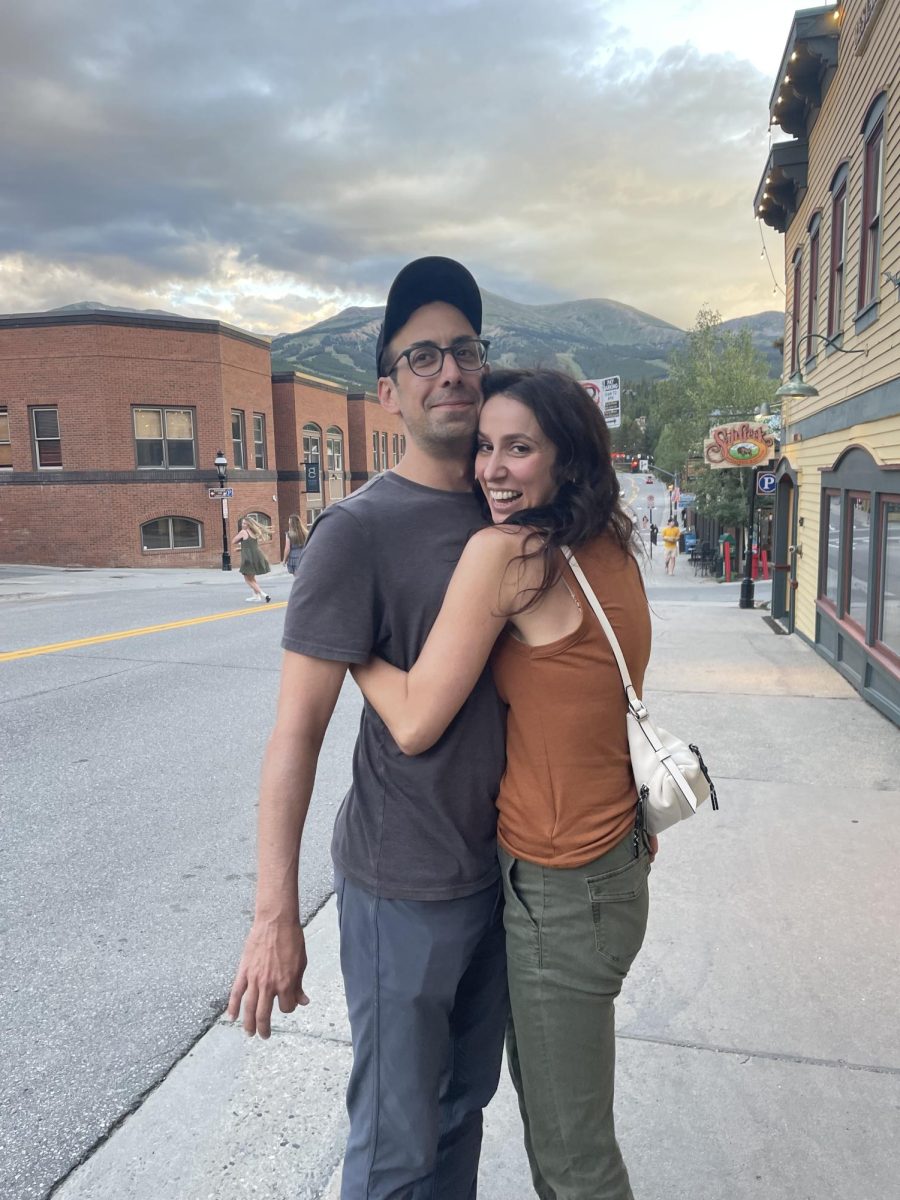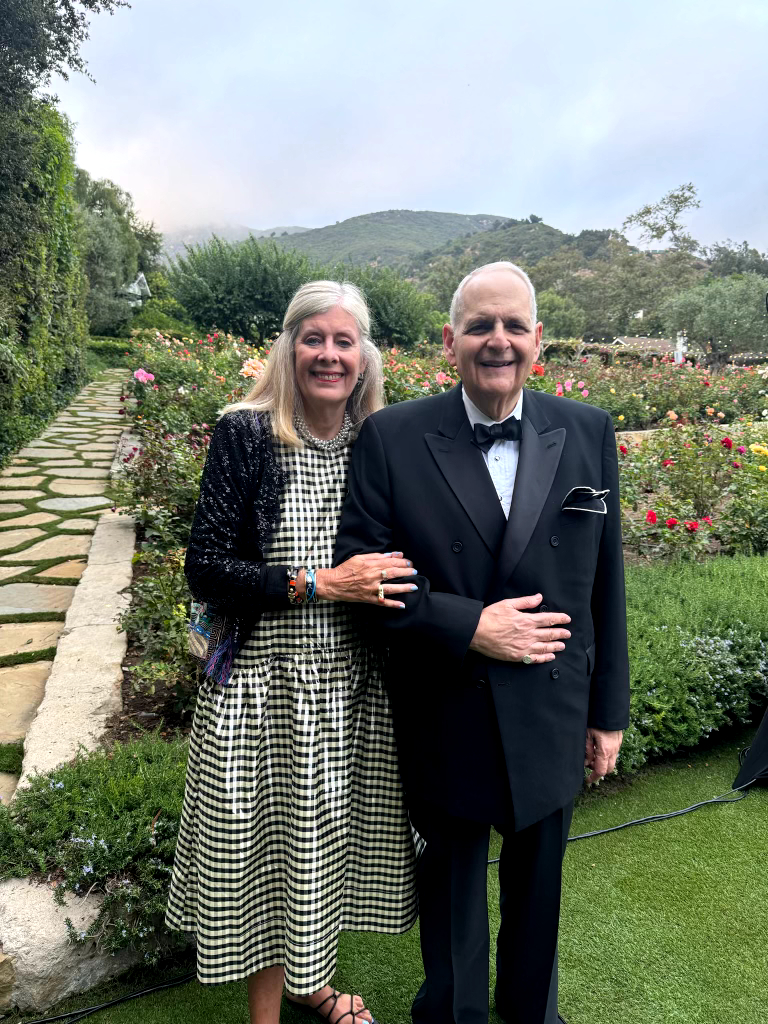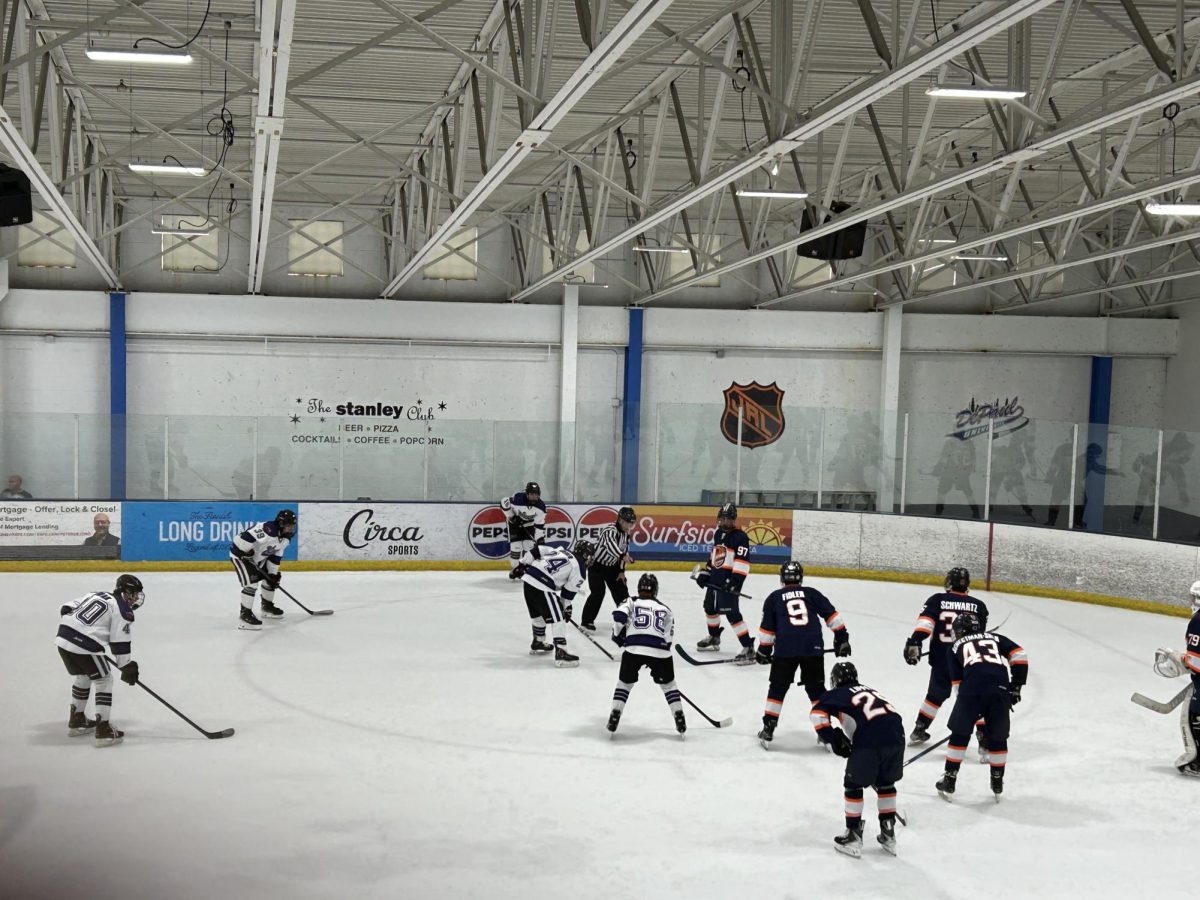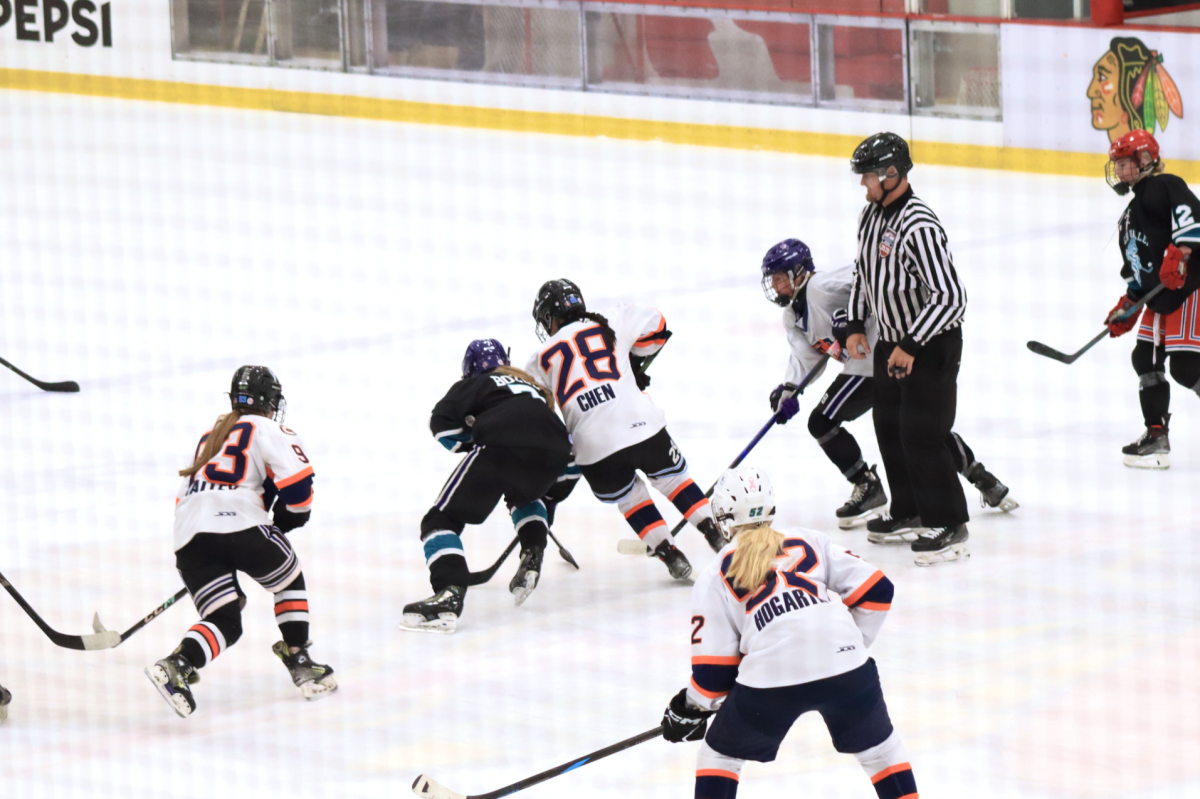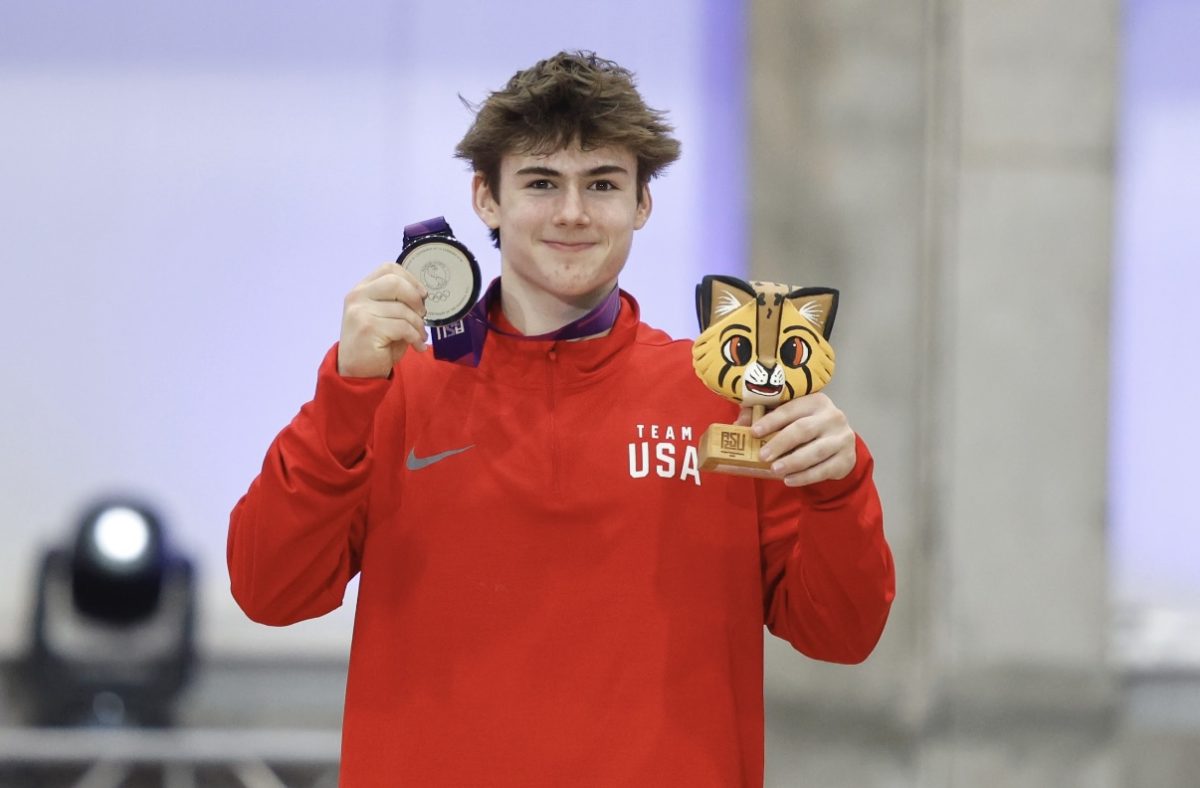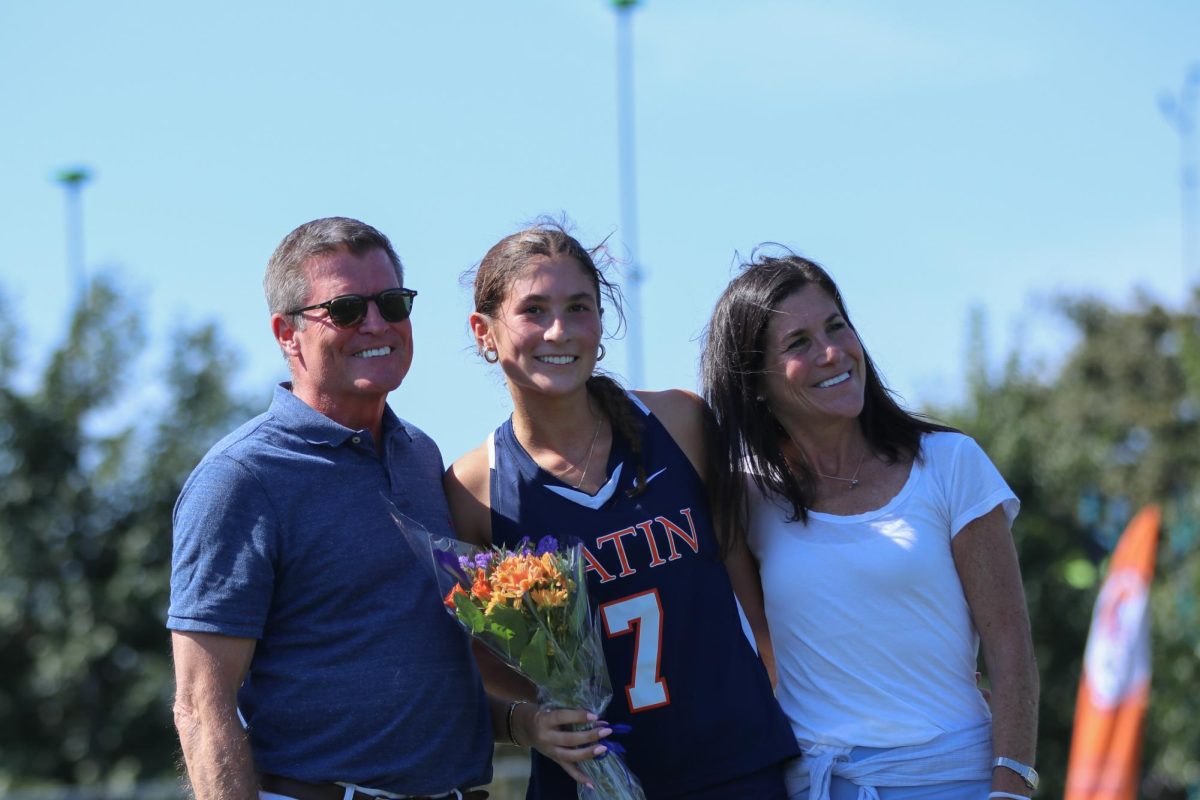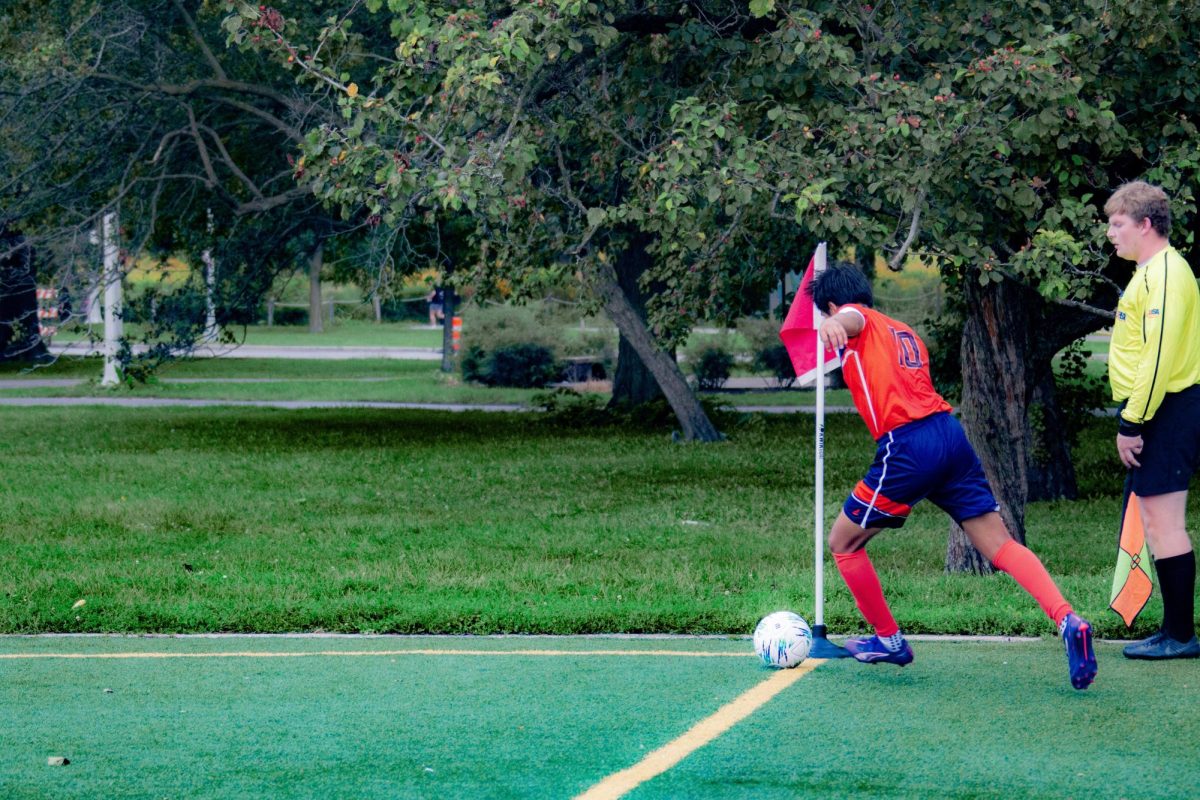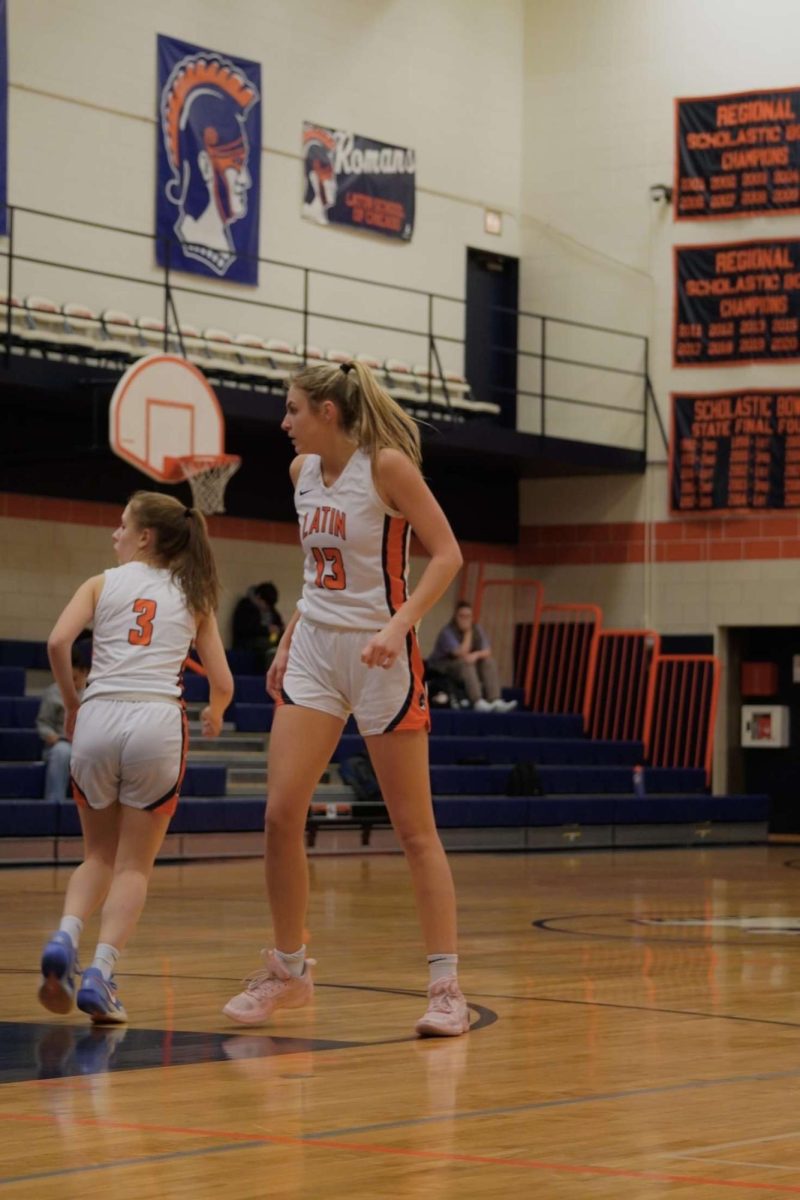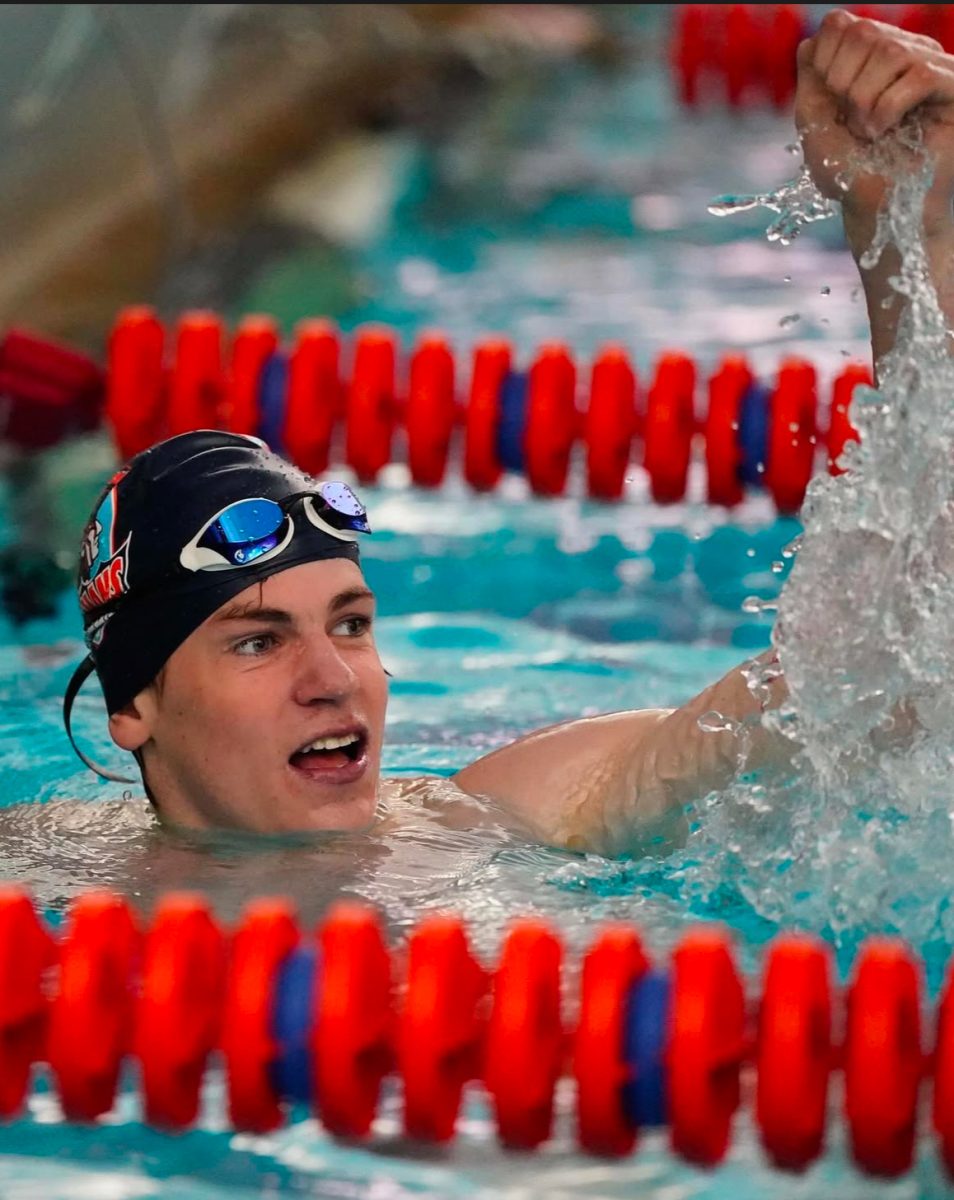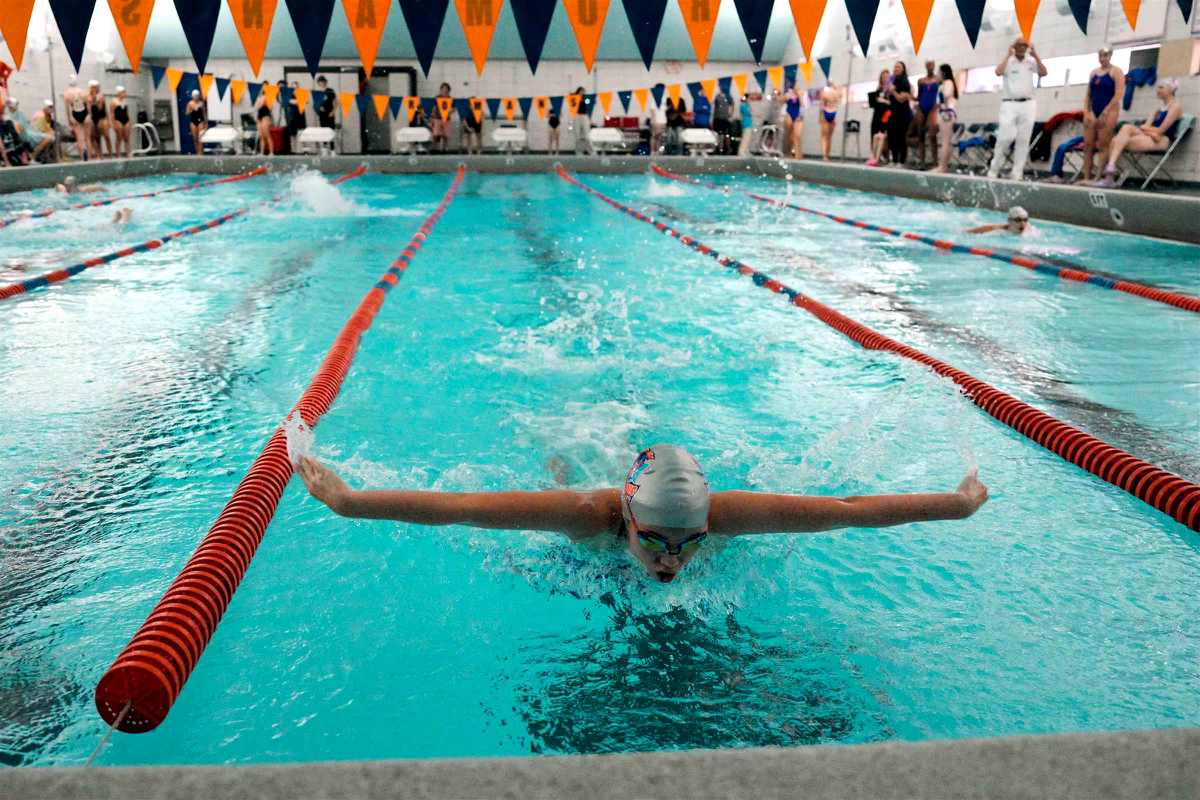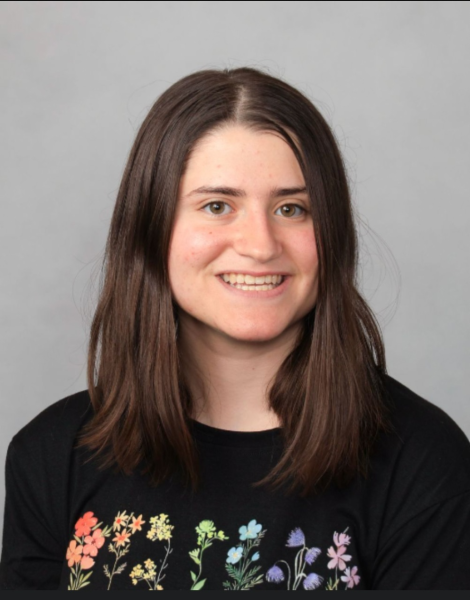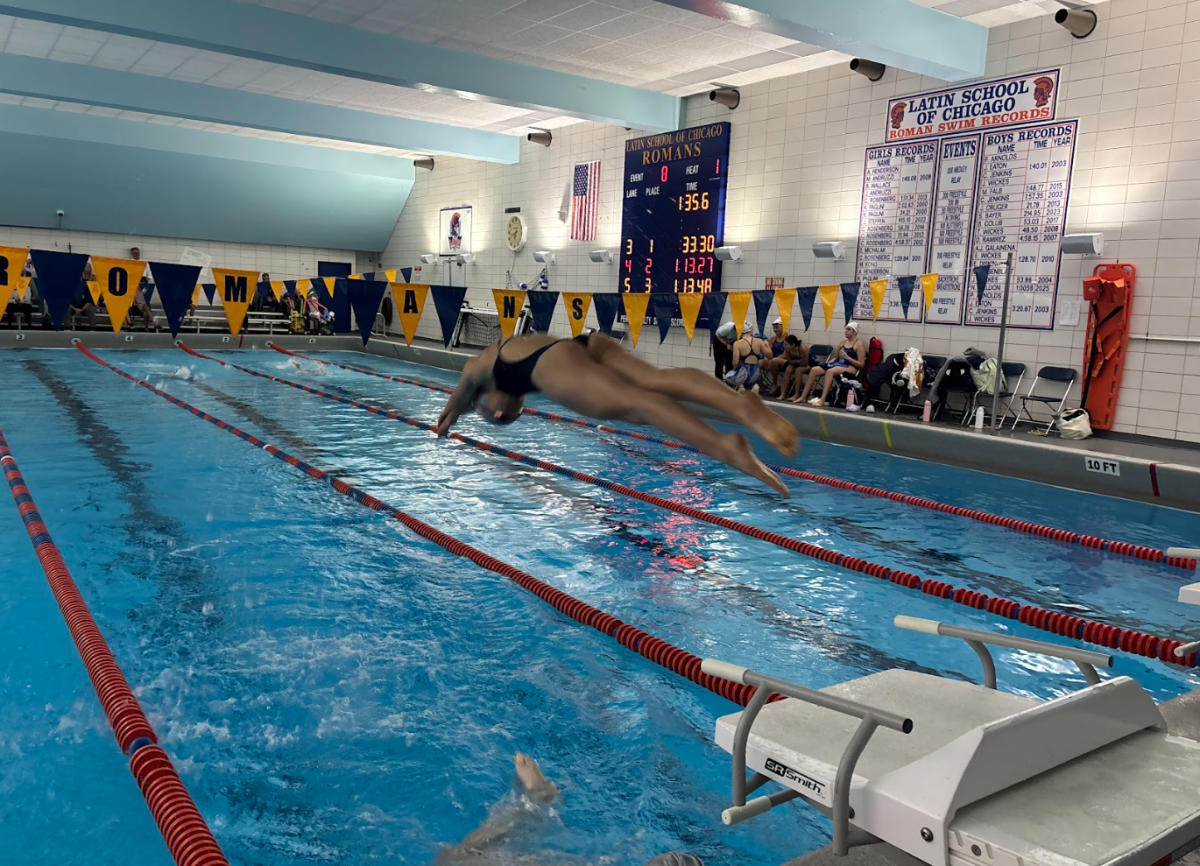“Adrenaline-filled.” For senior Will Heaton’s teammate John Piersma, that’s how it felt to cross the finish line and take fourth in the men’s four-person race at the 2025 World Rowing Under 19 Championships.
This August, Will and senior Olivia Lindemann journeyed to Trakai, Lithuania, for the championships, an honor bestowed on the best youth rowers nationwide. They each raced on a two-kilometer course—Will with three teammates, and Olivia with one other rower.
To race in Trakai, Will and Olivia both spent the summer at the U19 Selection Camp in California, training alongside 40 other talented rowers selected based on previous competitive rowing performance. Once at training camp, Will and Olivia spent four weeks on intensive rowing practice. “We were in the boats, just getting meters in, kilometers in, every single day,” John said.
The summer training—which often involved two or three workouts per day—was a step up from the already intensive practice that Will and Olivia take on during the school year, when they compete with the Chicago Rowing Foundation. Junior and fellow rower Klein Khim said, “Fall, we’re on the water 12 hours a week, and then there’s morning add-ons.”
Olivia described her summer regime while at camp. “We would get up at 5 [a.m.]—probably 5 or 5:30—and then we would row at 7 and then get done at around 9:30, eat at 10,” she said. Their training also included non-rowing activities, like biking and weight training. Olivia said, “Some days we would have a lift and then after the lift we would row again.”
The camp wasn’t just practice. It served to select the final boats that will represent the United States at the world championships. From an elite pool of athletes, Will and Olivia had to compete to earn their spots in Trakai.
“Getting the invite is just the very, very first step,” Will said.
For Will, qualifying for a seat on the four was particularly difficult, as it was the boat on which the U.S. put its best rowers. “Historically, the U.S. has stacked the eight because it’s America, we like big. It’s a very stereotypical thing that we stack the eight.” Will said. “And this year we didn’t. They prioritized the four, which is a much more technical boat.”
The four’s technical challenge largely comes from rowing without a coxswain, who typically would design the race plan. “You have four different ideas, four people who think they have to do different things,” Will said. “Nobody’s there to lead communication for a practice, for a race.”
This coxswain-less configuration made collaboration essential. “We clearly outlined what everybody was trying to do, what everyone’s role was in the boat and what we wanted to get out of that role,” John said. “And from there, it just flowed really well in our preparations for worlds.”
Will and his teammates were particularly proud of their fourth-place finish, given the worldwide focus on the four throughout the rowing community. “It is the most competitive event on a world stage,” Will said.
Olivia was especially proud of her in-boat leadership, as she wrote and executed a race plan for her pair and worked with a partner several years younger. “Being the oldest in my boat, obviously, it was just a different role to take on,” she said.
Once in Lithuania, athletes had to balance the unique pressures of racing on a world stage. “The racing itself is very much unlike anything anybody in the country really ever does,” Will said. “You’re on the line—you have people yelling Italian, yelling in Mandarin.”
By the time they got to Trakai, the rowers had formed close bonds with their teammates. Olivia said, “No matter what boat you were in, you were always cheering everyone on.”

